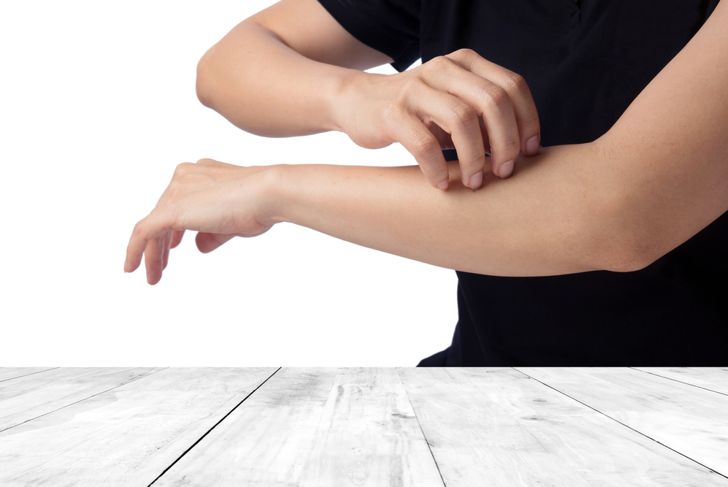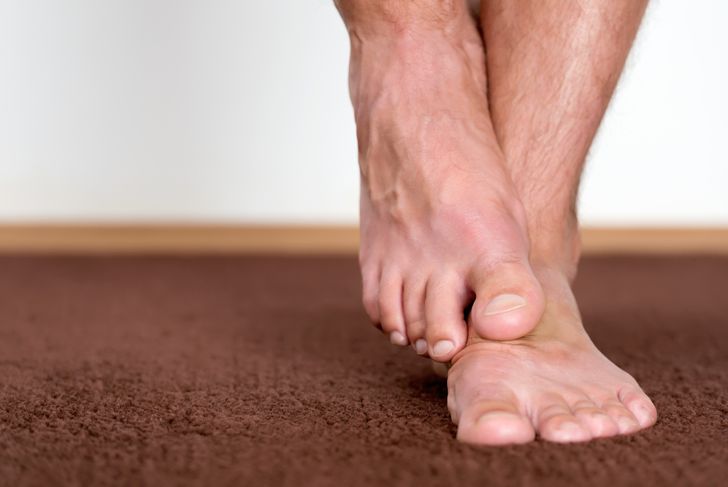Celiac disease is a digestive disorder caused by an abnormal reaction to gluten, a protein in wheat, barley, triticale, oats, and rye products. For these individuals, ingesting gluten damages the small intestine, which can lead to many other problems. Currently, the only proven way to control celiac disease is with a strict gluten-free diet. Different people experience different symptoms of the condition.
Digestive Problems
Digestive problems are standard in all people with Celiac’s, though the specific issues can vary. General stomach pain after eating is prevalent, as are bloating and gas, stomach cramps, and diarrhea. Problems in the gastrointestinal tract are a result of the small intestine being unable to function correctly. People with Celiac disease tend to experience these symptoms for longer and more intensely than an average upset stomach.
Muscle Cramps
Many factors lead to muscle cramps in those with Celiac disease, including iron, calcium, and other nutrient deficiencies. Doctors often connect the disease to leg cramps. This symptom is usually strongest during the night and may occur in the hands, feet, neck, and shoulders as well as the legs. Though they may only last a few seconds, these cramps can be very painful. Stretching may alleviate the episodes.
Low Calcium
Low calcium is a complication of celiac disease because of the damage gluten causes to the small intestine, which is responsible for absorbing this vital mineral. For this reason, low bone density is common in people with untreated celiac disease. Common signs and symptoms of low calcium include brittle nails, coarse hair, muscle cramps, fatigue, osteoporosis, dry skin, tooth decay, and depressed mood. Calcium deficiency is also associated in some cases with psoriasis, difficulty swallowing, wheezing, chest pains, fainting, and irritability.
Low Vitamin D
Vitamin D is an important nutrient, and especially so for individuals with celiac disease. It is the leading vitamin involved in reducing inflammation and a leaky gut. Symptoms of a deficiency in vitamin D include frequent infections, impaired wound healing, depressed mood, fatigue and pain. Some people experience muscle cramps and joint pain, general weakness, and aches. Restless sleep, weight gain, and high blood pressure may also develop.
Iron Deficiency
Celiac disease results in anemia or iron deficiency and means the red blood cells are not receiving enough oxygen to function correctly. Anemia can be exacerbated by the intestinal damage the disease causes, as well [because]. Iron deficiency can lead to fatigue and weakness, pale skin, and headaches. A general feeling of coldness including cold hands and feet, brittle nails, and rapid heartbeat or heart palpitations can also occur.
Severe Skin Rash
Dermatitis herpetiformis is a chronic skin condition prompted by gluten intolerance; it is also called a celiac or gluten rash. Not all people with celiac disease will develop the rash. It appears symmetrically on the body, often on the elbows, legs, or knees. The rash more commonly affects men than women and presents in about 24% of people with celiac disease. It often comes on suddenly, causing extreme itching and blistered skin. Diet can help prevent the flare-ups.
Neuropathic Symptoms
Celiac disease can cause a tingling sensation in the legs, feet, and hands. This is symptomatic of the nerve condition, peripheral neuropathy. Some people describe a bubbling or burning feeling. Individuals with the condition may also experience numbness in the hands and feet and reduced sensation in the face and body.
Mouth Sores
Similar to canker sores, celiac mouth sores mainly consist of white, blister-like bumps on the tongue, inner cheek, or behind the lips. The lesions appear here because the mouth is a soft tissue area that can become infected when the immune system damages the intestine. Mouth sores often take a long time to heal because the mouth is always moist and the teeth and tongue easily irritate the area. When the sores are open, weeping, or bloody, this can make eating and drinking difficult.
Seizures
Studies show individuals with celiac disease can experience seizures that last from a few seconds to a few minutes. Different people have different kinds of seizures; some may stare off into space (an absence seizure), while others experience muscle twitches. Violent seizures can also occur. Children with epilepsy are found to be more likely to have celiac disease, although there is an association between seizures and celiac disease in adults, as well. This link could be because celiac disease causes small deposits of calcium in the brain.
Missed Periods
Skipping a menstrual period for more than three months in a row is [called] amenorrhea, and this condition occurs in nearly 20% of all women with celiac disease. Women may also experience light and infrequent bleeding, spotting, and extreme period pain. Studies show eating a gluten-free diet alleviate skipped periods in some women.

 Home
Home Health
Health Diet & Nutrition
Diet & Nutrition Living Well
Living Well More
More




















